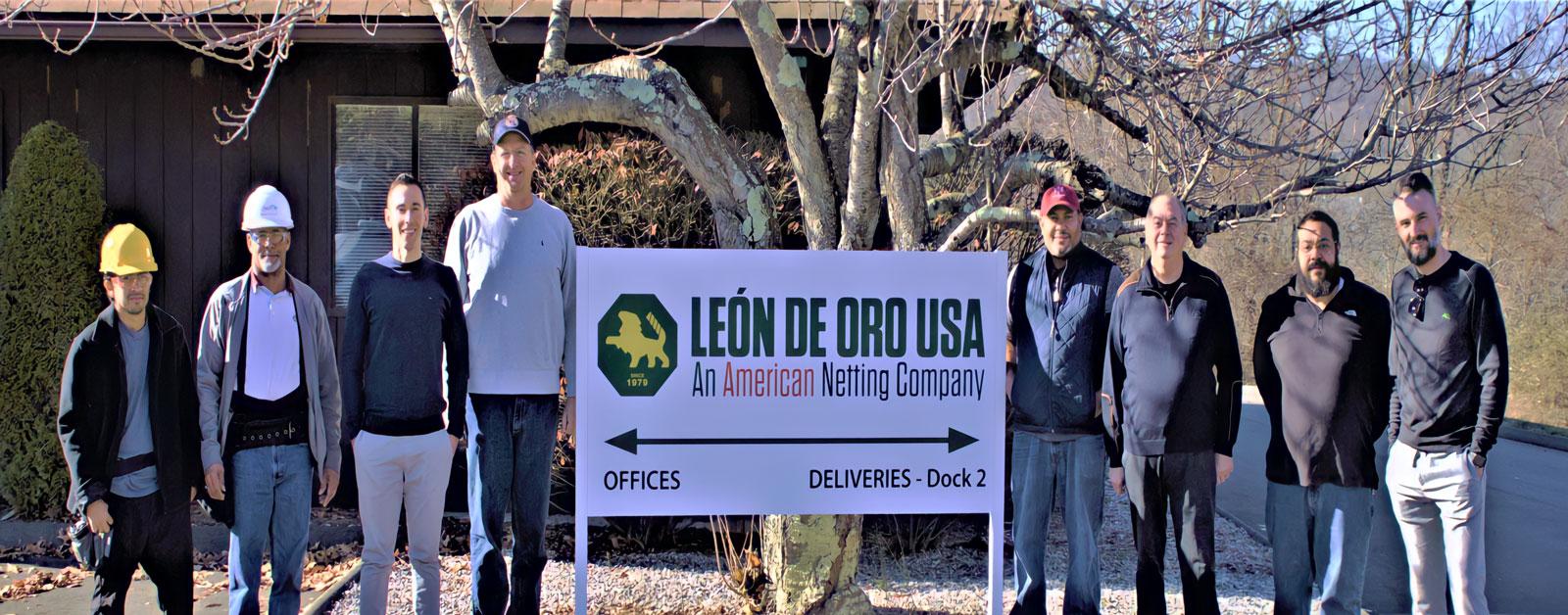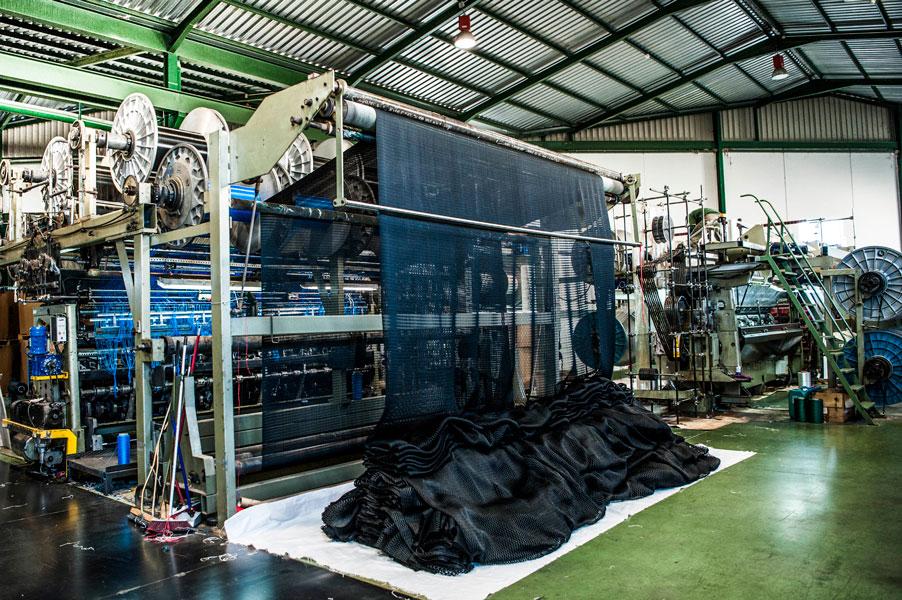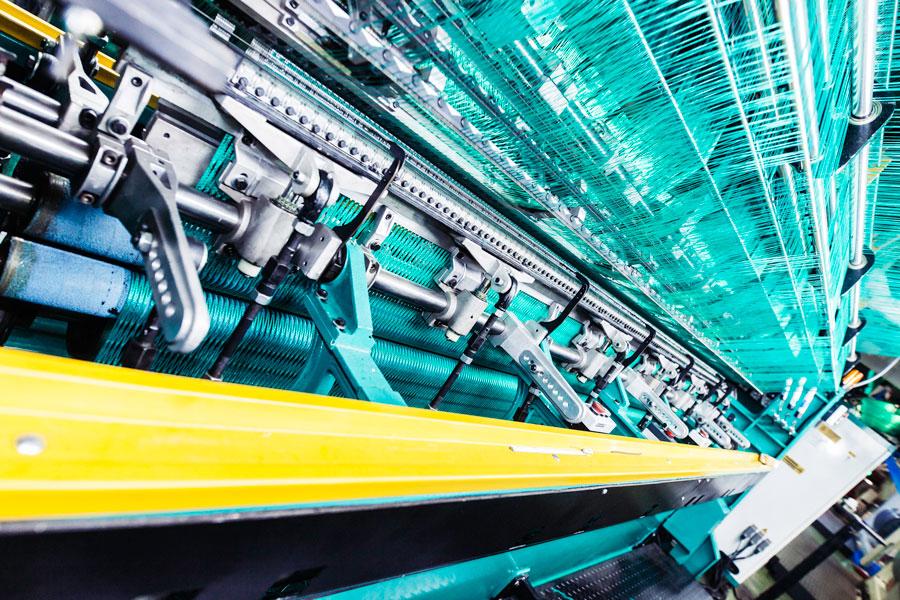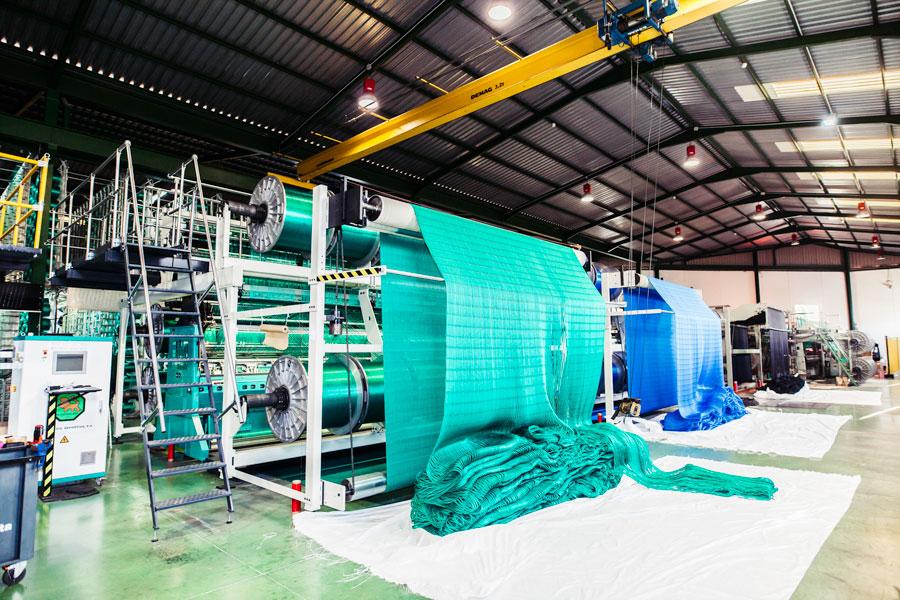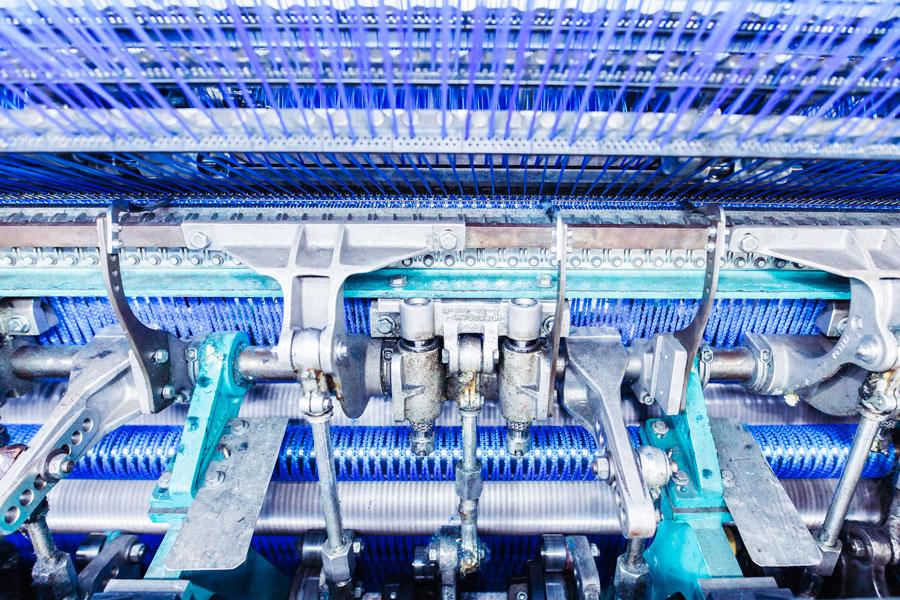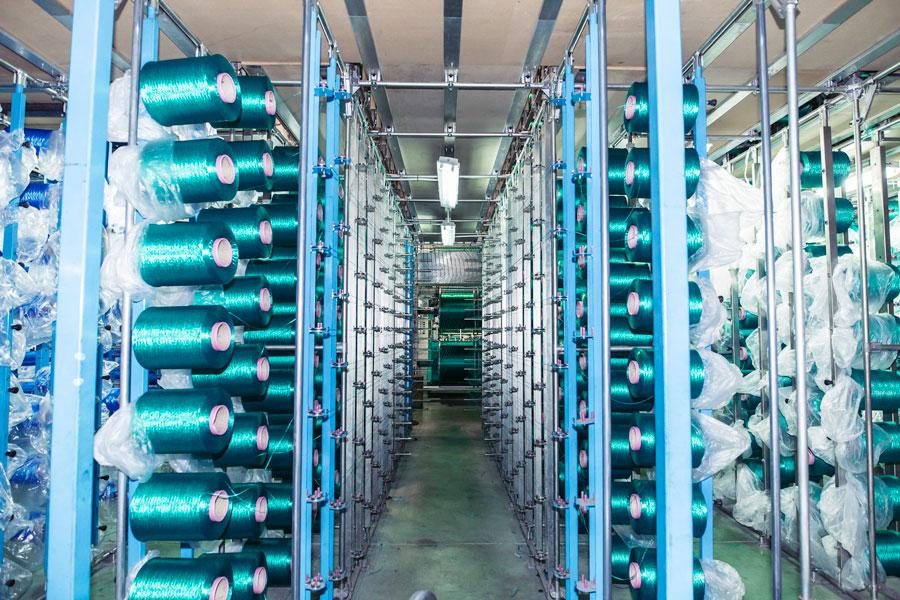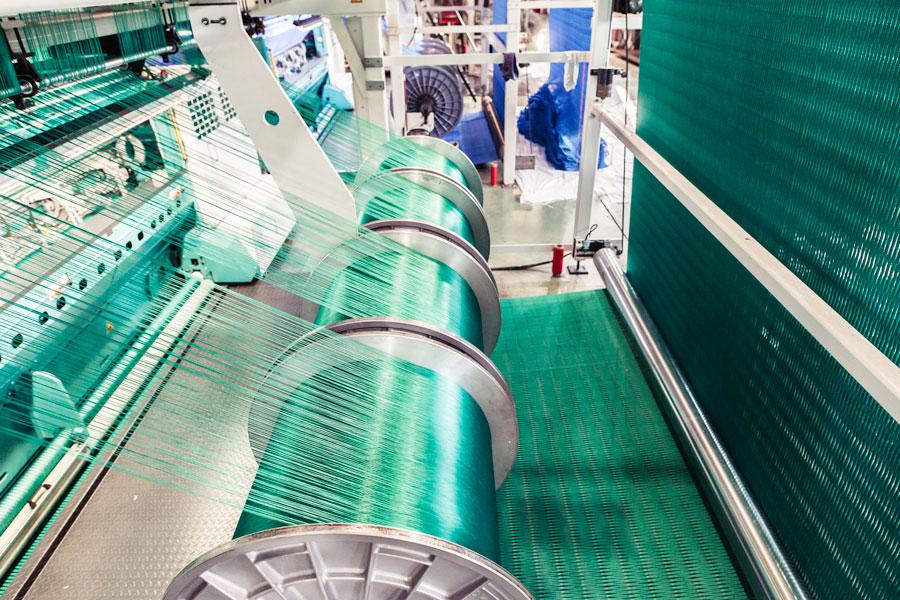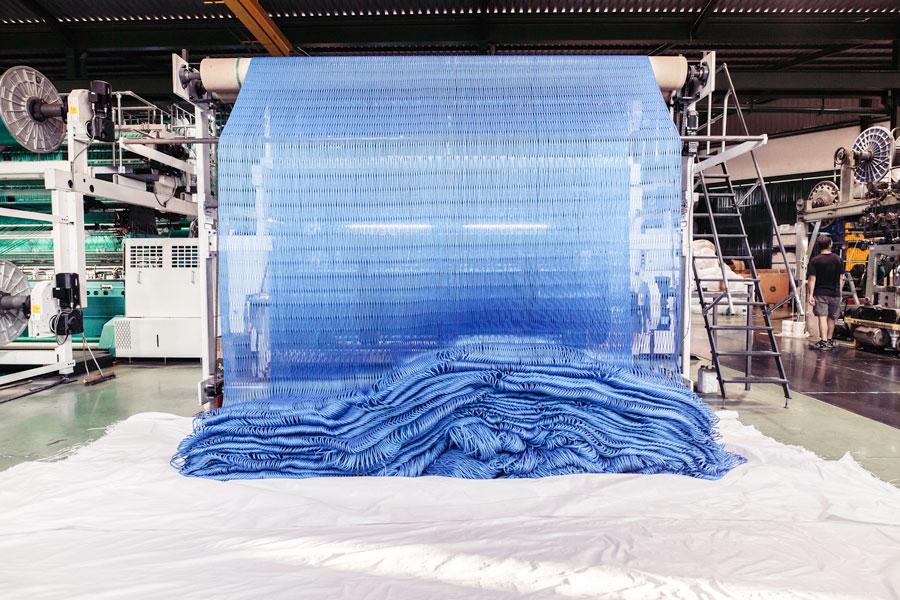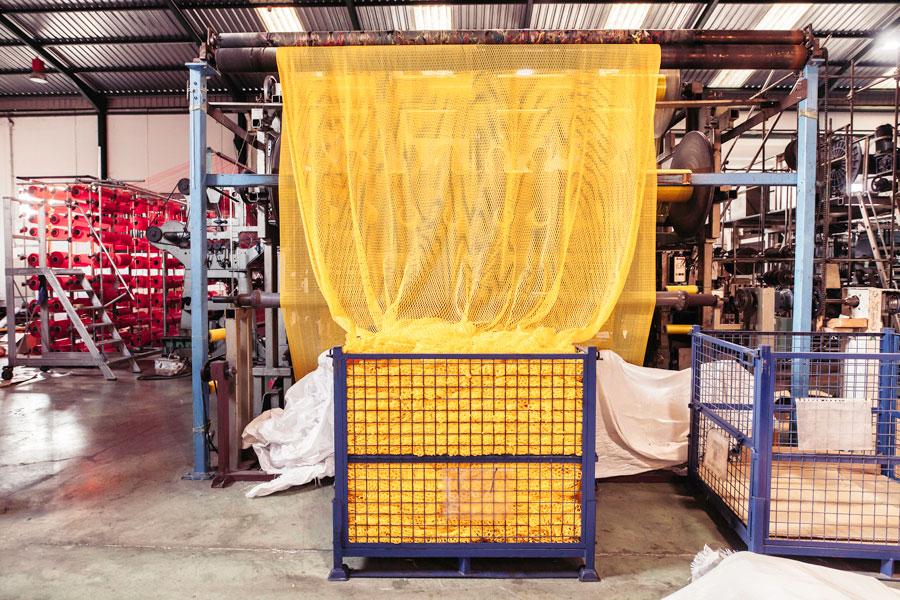When it comes to safety nets & fall protection netting systems, Leon De Oro USA leads the industry with its commitment to excellence. Designed to meet the most stringent safety net standards, our GOLDSAFE™ safety nets provide reliable protection for workers at elevated worksites. These nets are strategically positioned to intercept falling personnel and dissipate impact forces, minimizing the risk of injury. Leon De Oro’s GOLDSAFE™ safety nets offer unparalleled reliability and peace of mind, ensuring a safer work environment for all.
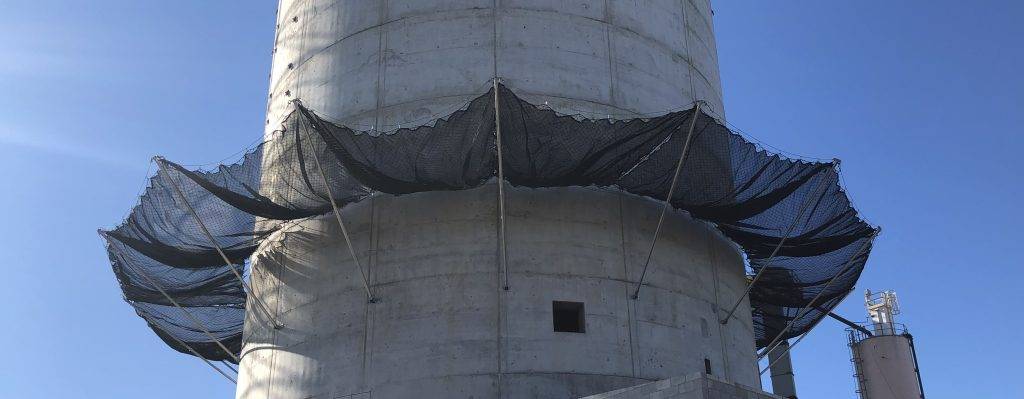
Safety Nets for Fall Protection
Safety nets such as bridge netting are integral components of fall protection systems, serving as crucial safeguards against falls from elevated work areas. Positioned strategically, these nets intercept falling personnel, effectively reducing impact forces to prevent severe injuries or fatalities. Rigorously installed and regularly inspected for compliance with safety regulations and standards, safety nets stand as vital elements in enhancing safety protocols on construction sites and other work environments where working at height is required. In this regard, Leon De Oro’s GOLDSAFE™ fall protection safety nets, meet stringent compliance with OSHA and ANSI regulations, provide an added level of confidence in worker safety. Whether employed independently or in conjunction with other fall protection measures, fall protection safety nets provide a reliable safety barrier, ensuring heightened worker protection and minimizing the risk of accidents.
What Is A Fall Protection System?
A fall protection system is a vital component in construction safety protocols, aimed at safeguarding personnel working at elevated heights. It comprises three main elements: fall prevention, fall restraint, and fall arrest.
Fall prevention strategies include the use of guardrails, vertical safety nets or barriers, and warning lines to minimize the risk of falls.
Fall restraint systems employ harnesses, lanyards, and anchorage points to limit a worker’s movement, preventing them from reaching fall hazards.
Fall arrest systems, meanwhile, are designed to safely halt a worker’s descent in the event of a fall, utilizing components like netting, lifelines, anchorages, and body harnesses to absorb the energy and minimize the impact once a fall occurs.
Compliance with Occupational Safety and Health Administration (OSHA) regulations is paramount in ensuring the effectiveness of fall protection systems. These regulations mandate the proper use of personal protective equipment (PPE), installation of safety netting, construction of guardrails, and implementation of fall arrest systems to uphold safety standards. Additionally, adherence to American National Standards Institute (ANSI) guidelines, is crucial, ensuring that equipment meets rigorous safety requirements and provides reliable protection for workers. By prioritizing the implementation of comprehensive fall protection systems in accordance with OSHA regulations and ANSI standards, construction companies can foster a safer work environment and reduce the risk of falls and injuries on the job site.
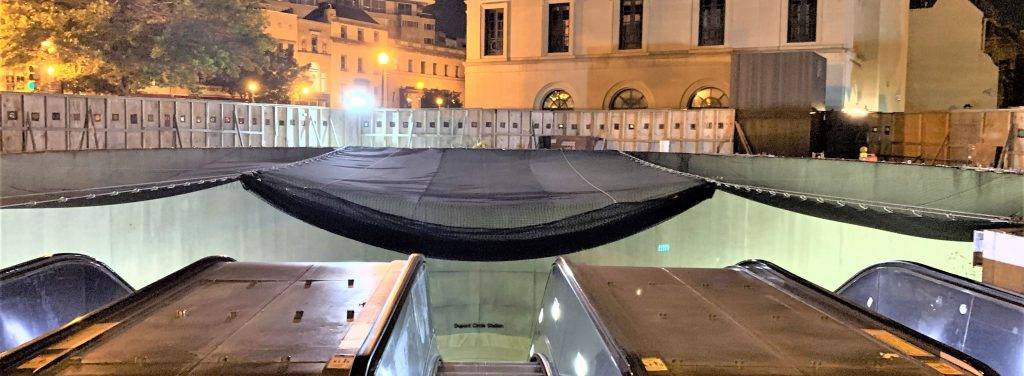
Ensuring compliance with OSHA 1926.501-502 regulations is crucial when addressing fall protection requirements in construction. These regulations outline specific guidelines for fall protection measures, including the use of guardrail systems, safety net systems, and personal fall arrest systems (PFAS). Compliance with these OSHA standards is essential to mitigate the risks associated with working at height and protect workers from potential hazards. Leon De Oro’s GOLDSAFE™ safety netting meets OSHA and ANSI standards, as well as NYC Local law, providing an additional layer of assurance for worker safety.
Additionally, adherence to ANSI A10.11 compliance further reinforces the importance of meeting industry standards for fall protection equipment and systems. This ANSI standard provides detailed requirements for the design, installation, and maintenance of fall protection measures, ensuring that they are effectively implemented to enhance worker safety. By complying with both OSHA 1926.501-502 regulations and ANSI A10.11 standards, construction companies can establish comprehensive fall protection protocols that prioritize worker safety and minimize the risk of falls on the job site.

